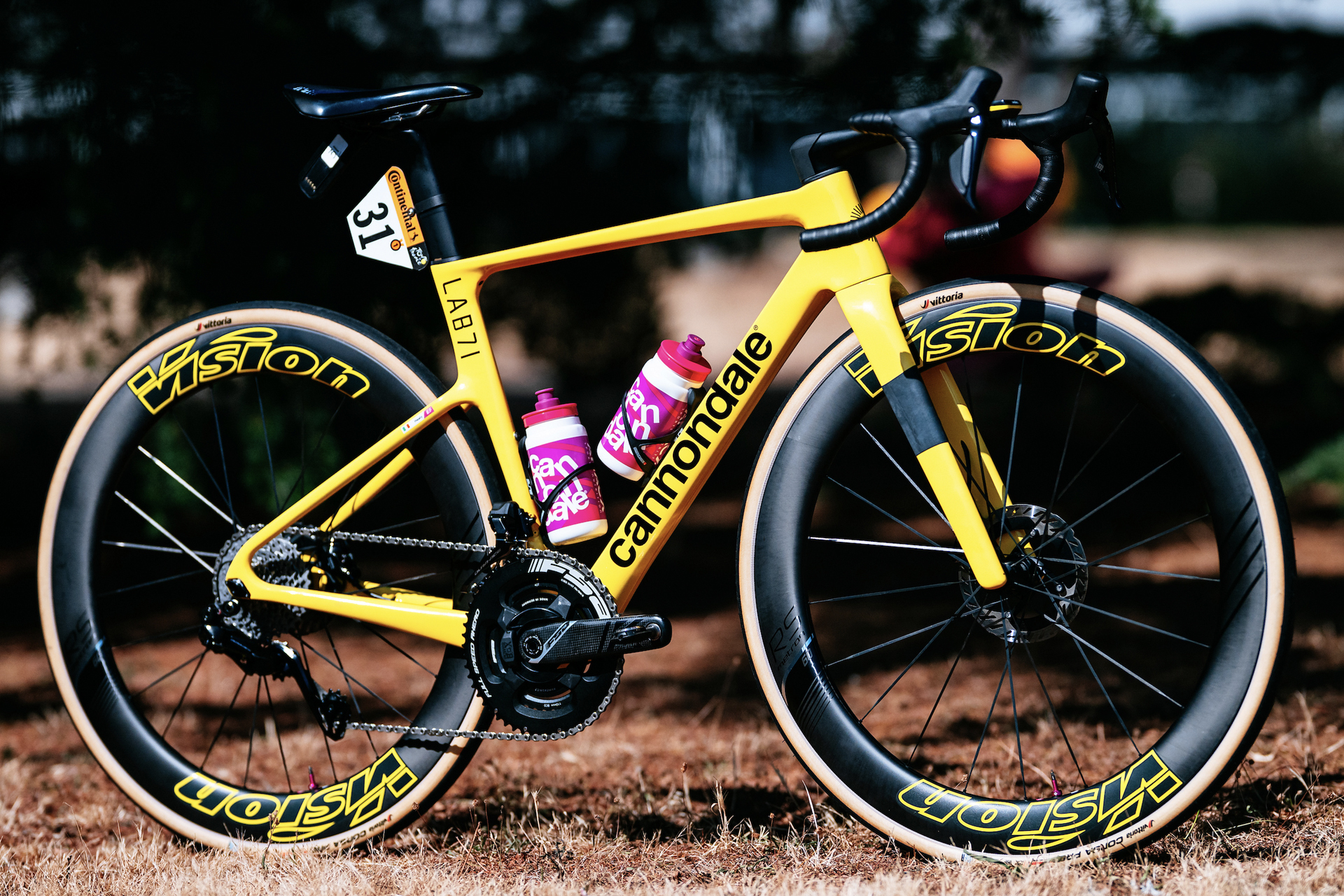T4K3.news
Tymewear sensors used by Ferrand-Prévot at Tour de France Femmes
Pauline Ferrand-Prévot wore a Tymewear breathing sensor during her historic win.

Visma-Lease a Bike riders used innovative sensors to improve cycling performance during the Tour.
Tymewear sensors enhance cycling performance at Tour de France Femmes
Pauline Ferrand-Prévot secured a historic victory at the Tour de France Femmes, marking the first French win in a women's edition of the race since 1990. Riding for Visma-Lease a Bike, she wore a Tymewear breathing sensor during the final stage, designed to monitor key metrics like breathing rate and minute ventilation. This wearable technology is part of a trend in professional cycling that leverages data to optimize performance. The Tymewear sensor, attached to the chest strap, evaluates training zones more accurately than traditional heart rate monitors alone, offering insights that may improve cyclists' training regimens.
Key Takeaways
"The Tymewear sensor offers insights that may improve cyclists' training regimens."
This highlights how advanced technology is integrated into competitive cycling training.
"This wearable technology is part of a trend in professional cycling that leverages data to optimize performance."
This shows the growth of technology's role in sports science and athletic training.
The adoption of Tymewear's advanced sensor signals a shift toward data-driven training strategies in cycling. Traditionally, athletes relied on heart rate as a key performance indicator. The inclusion of respiratory metrics allows teams to tailor training more effectively to each athlete's physiological response. Increasing reliance on such technology mirrors larger trends in sports science, where understanding complex biological data can create a competitive edge. As technology becomes intertwined with athletic performance, questions arise about accessibility and the balance between human and technological capabilities in sports.
Highlights
- Tymewear sensors are setting a new standard in cycling performance monitoring.
- Next-level training relies not just on power but on breathing metrics.
- Data-driven cycling is not the future; it is the present.
- The future of cycling is powered by technology and data.
Concerns over budget and accessibility in advanced cycling technologies
The increasing reliance on expensive wearable technology may create a divide between elite teams and grassroots athletes, raising concerns about accessibility in competitive cycling.
The implications of advanced wearables will continue to shape the future of competitive cycling.
Enjoyed this? Let your friends know!
Related News

Ferrand-Prévot wins historic Tour de France Femmes
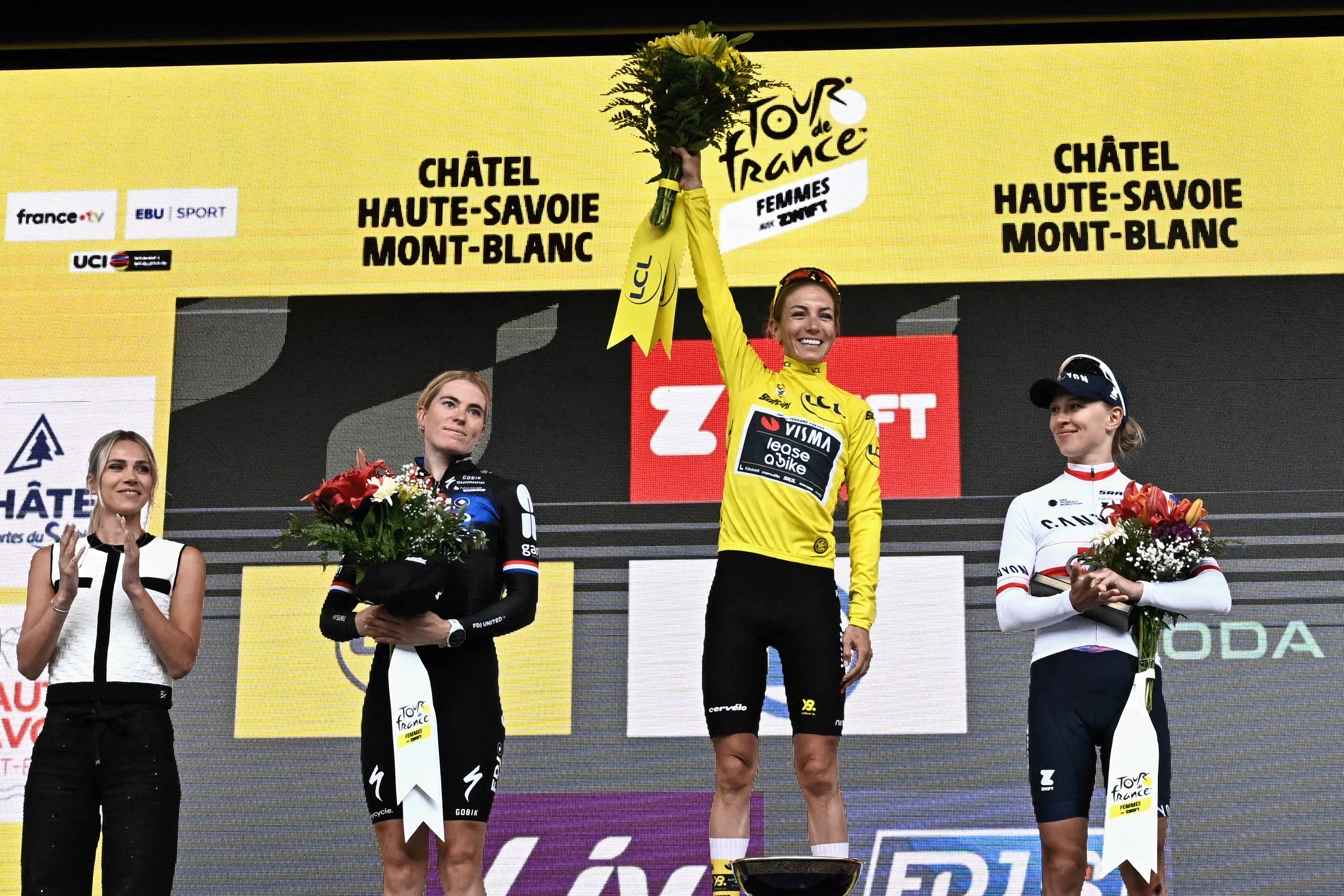
Tour de France Femmes reveals stark prize money differences

Kasia Niewiadoma-Phinney focuses on strategy after Tour de France start
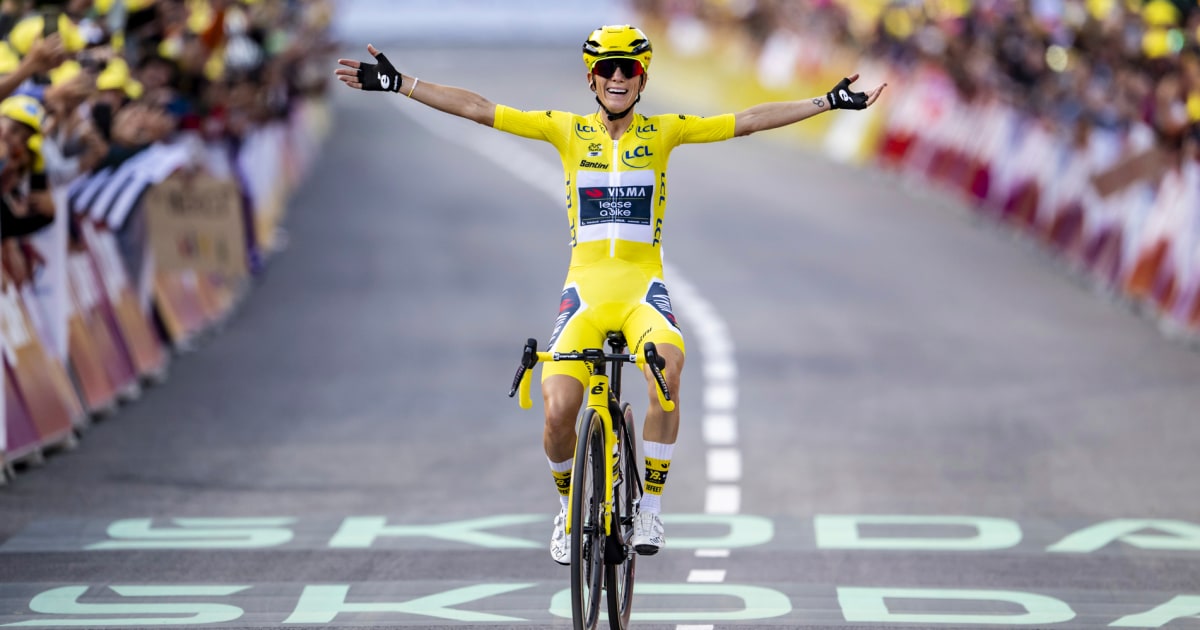
Pauline Ferrand-Prévôt wins women's Tour de France on debut

Tadej Pogačar wins stage 13 at Tour de France
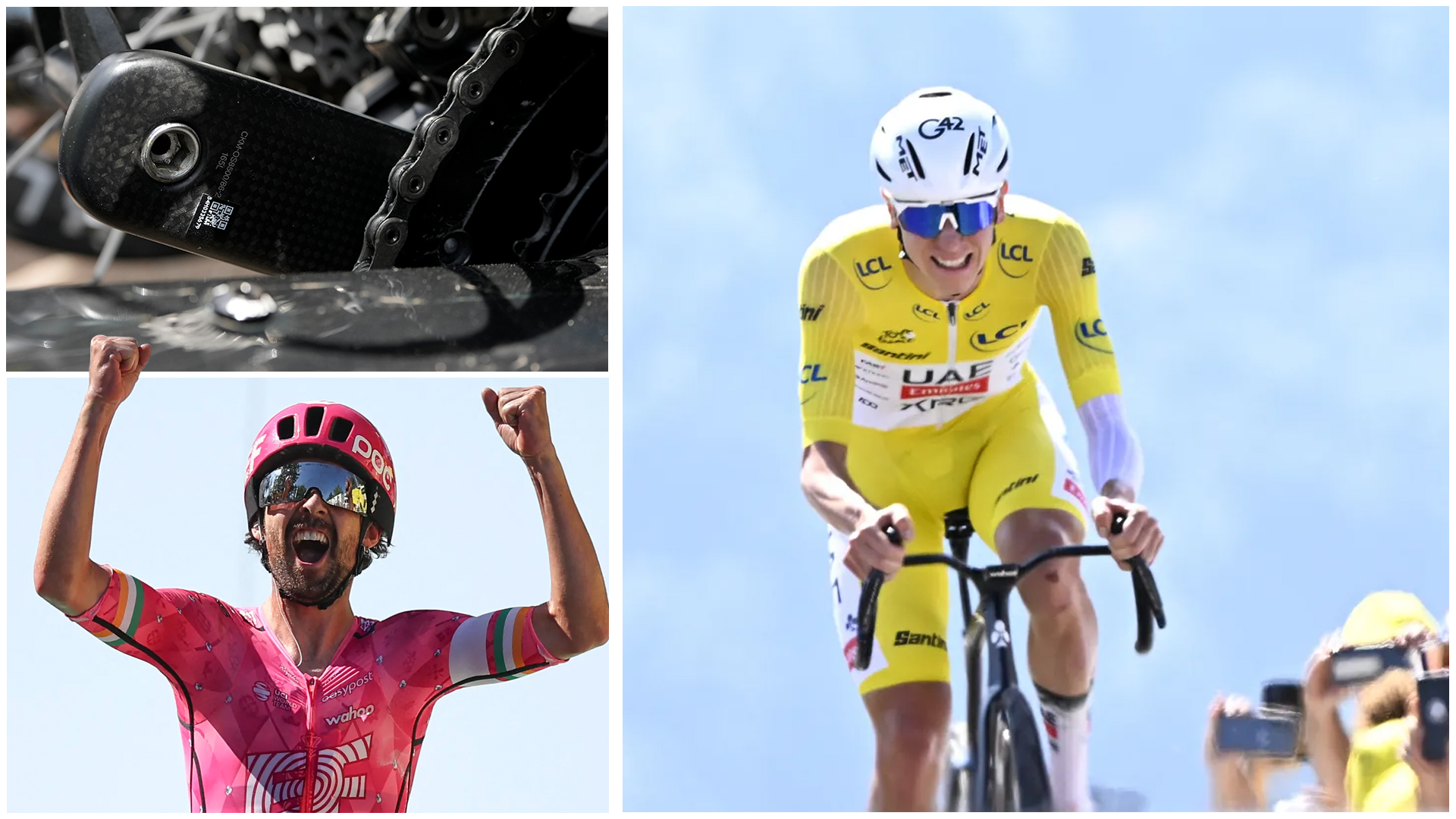
Tech trends emerge from the 2025 Tour de France
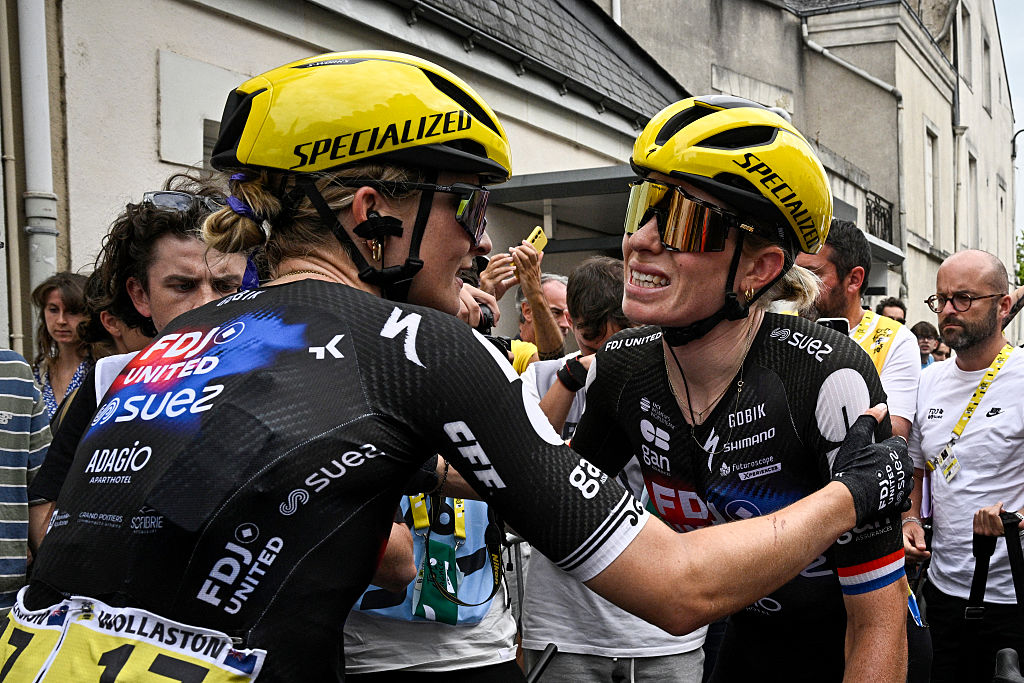
Demi Vollering undergoes medical checks after Tour de France crash
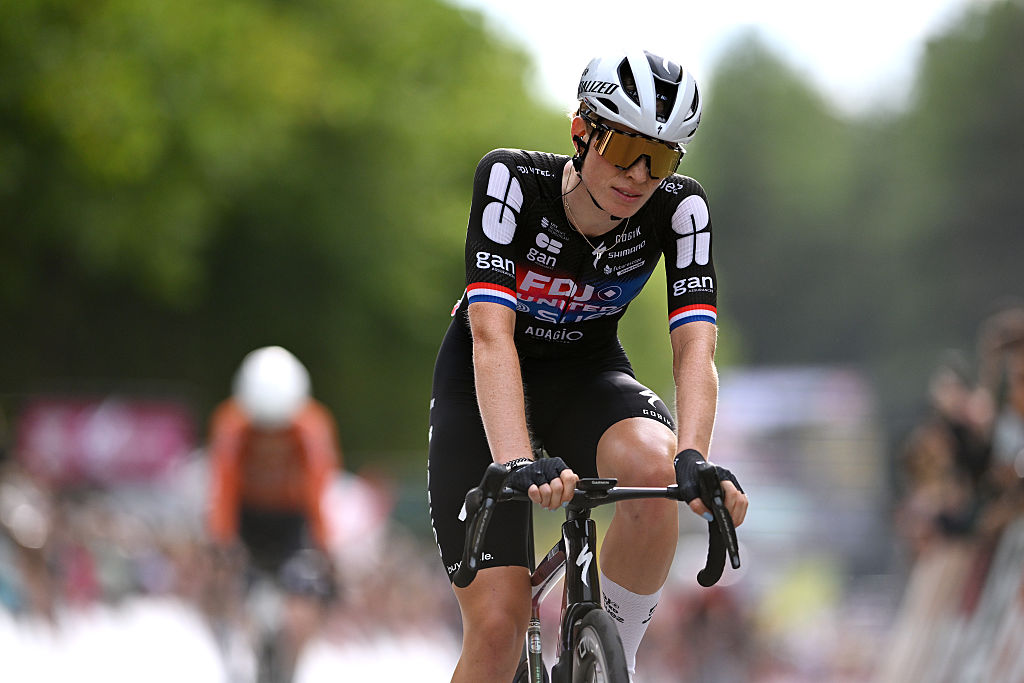
Demi Vollering crashes in Tour de France Femmes stage 3
